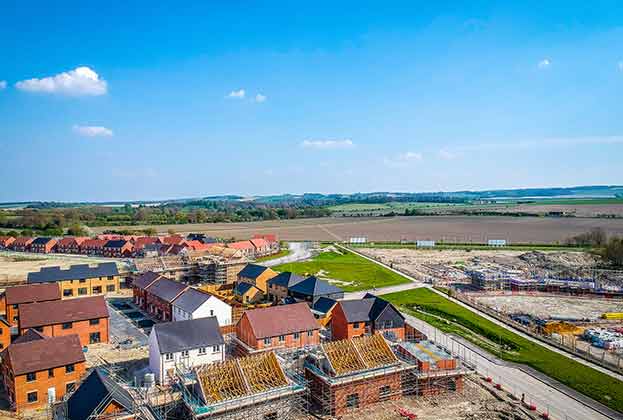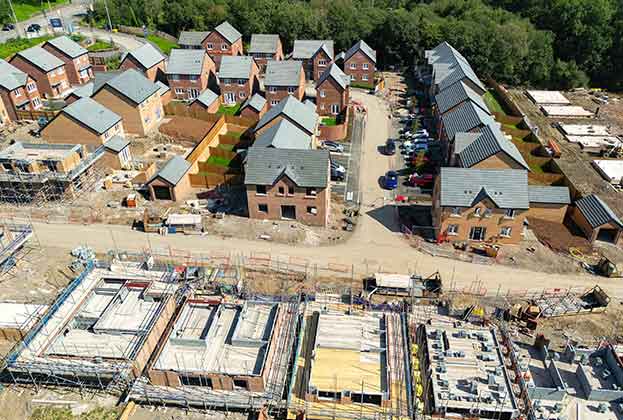Household formation rates fell for those aged 30 to 44 across most of England between 2006 and 2016 with the greatest falls seen in areas where house prices became most expensive for the local workforce.
Not only are 30 to 44-year-olds forming fewer households where housing is most expensive relative to local incomes, they are also exiting these locations at a higher rate.
In the same period, formation rates rose for 45 to 59-year-olds, with the biggest rises in regions where housing became cheaper for local workers, perhaps where couples can afford to divorce or form single person households.
The only region where household formation increased for 30 to 44-year-olds was the North East, where housing became cheaper for local workers. This is shown on the vertical axis of figure 1 where the change in the household representative rate (HRR), the proportion of the population aged 30 to 44 who are a Household Reference Person (that is, head of household), is negative in all regions except the North East.
We then looked to see whether there is a correlation between this and the rise in the affordability ratio (median house price divided by median earnings) in each region. The change in the affordability ratio between 2006 and 2016 is shown on the horizontal axis.
In regions such as London where house prices became most expensive relative to local incomes (and so the affordability ratio rose the most), there was the greatest fall in household formation for 30 to 44-year-olds. This suggests that many in this age group are continuing to live longer in shared homes, or with parents, because they are unable to afford their own homes.
.jpg)


.jpg)



.jpg)
.jpg)

